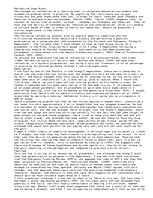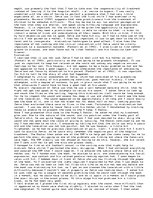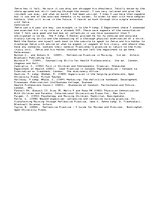-
Reflective Case Study of Six Year Old Boy
The concept of reflection as a learning tool in workplace education can enable the student to problem solve in practice. By exploring the individuals own unique situations and past experience they can, in order to learn, consider past thoughts and memories to achieve a desired outcome. (Rolfe, 1998). Taylor (2000) suggests that, to reflect on action from an event, we must remember our thoughts and memories. Then we must use the ability of contemplation, meditation and consideration, which will enable us to make sense of them in order to modify our behaviour, should we encounter a similar experience in the future.
Introduction
The following reflective account aims to explore specific complications and difficulties encountered after obtaining a history and performing a physical examination on a young patient that presented to the Accident and Emergency (A&E) Department. The incident that I have chosen to look at took place whilst on a placement in the Minor Injuries Unit based in an A & E Department following a theoretical module on Patient Assessment. Confidentiality has been preserved throughout in accordance with the Health Professions Council (HPC) Code of Professional Conduct (HPC, 2002).
To achieve and understand the use of reflection in a structured manner, the Gibbs (1988) Reflective Cycle will be utilised. Bulman and Schutz (2004) believe that reflection is a dynamic progression, and using a cyclical framework is of an advantage in providing structured guidance through a learning experience.
…



